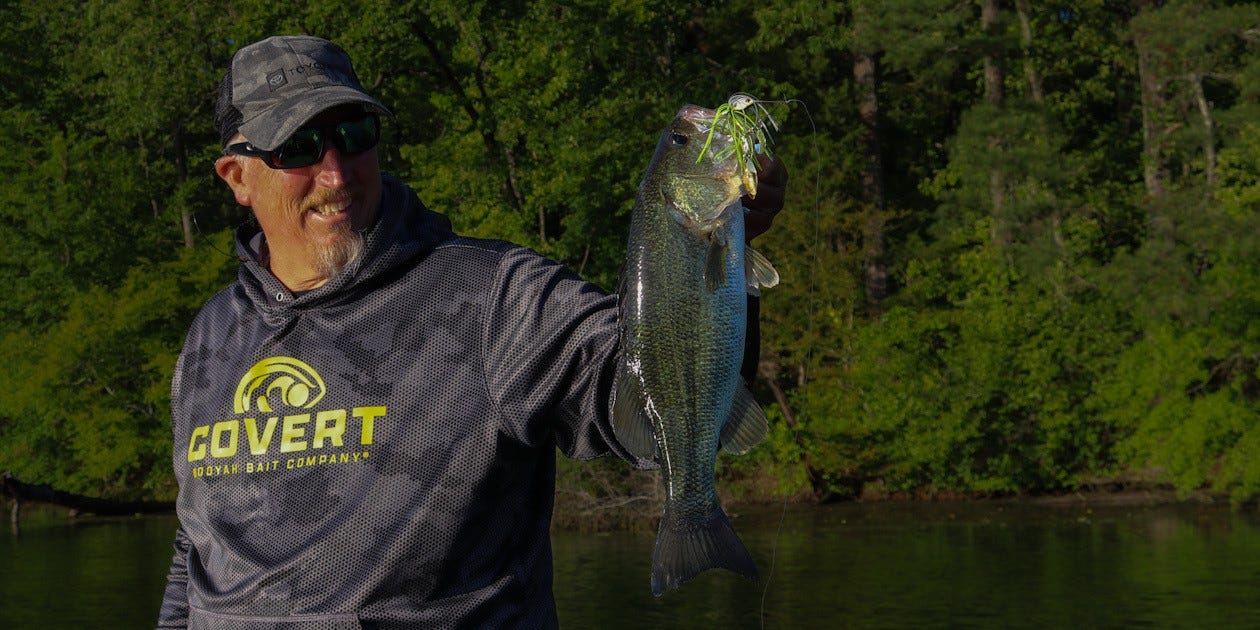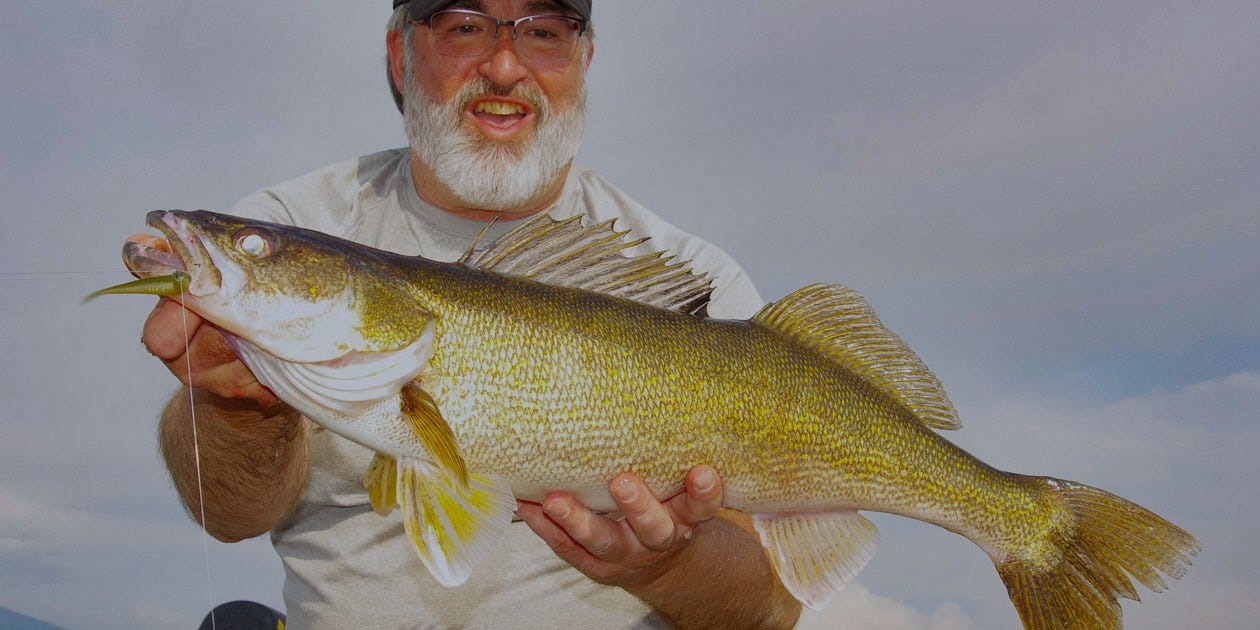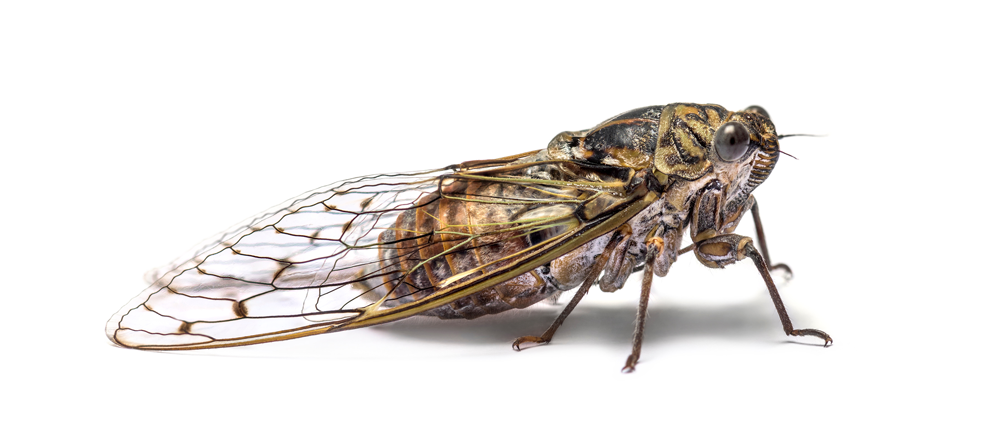- Oct 13, 2022
Why Finesse Spinnerbaits are Perfect for Fall Bass Fishing
Considering seasonal conditions and choosing spinnerbaits and presentations accordingly can help you catch more bass this fall.
Fall bass fishing and spinnerbaits go hand-in-hand. That’s well established in the bass fishing world. Spinnerbaits and spinnerbait strategies come in many forms, though, so it’s important choose the best baits and approaches for the season and situation.
Finesse spinnerbaits offer extra virtue for fall bass fishing for several reasons, among them prevalent forage, common conditions and typical bass positioning and behavior. We’ll dig into those factors, look at spinnerbait variables and how they affect choices, and explore effective autumn approaches.
Shad Considerations
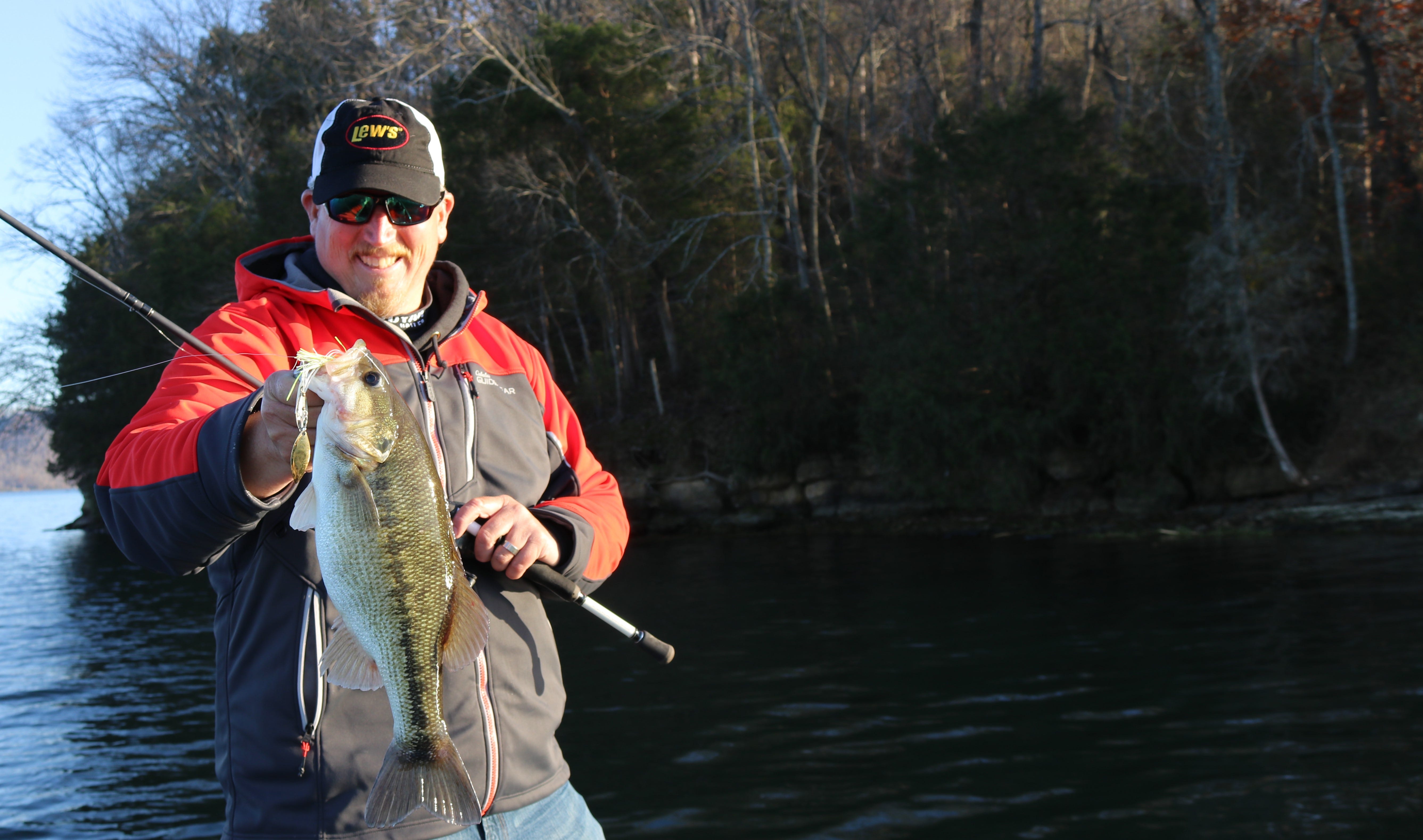

Shad offer critical bass forage in much of the country, and their tendency to congregate and move into shallow areas up creeks make them extra important during fall. The significance of shad as forage is actually an important part of what makes spinnerbaits so productive this time of year. Flashing blades very effectively imitate the flashy sides of a shad.
Prevalent shad in many schools during fall are first-year fish that hatched during spring or early summer, and therefore are at the small end of the range. Even voraciously feeding bass instinctively become very selective feeders, based on size, when forage is ultra-plentiful, and all are the bait is the same size. Offerings that otherwise look enticing, but are too big, commonly get snubbed in this situation.
Smaller-framed spinnerbaits more effectively match forage size than larger spinnerbaits. Finesse doesn’t only mean small, though. Willow leaf blades, being long and narrow, offer the profile of a small shad, and they create far less “thump” than Indiana or Colorado blades, making them more subtle and often a better choice for fall fishing. Emphasizing natural colors, which in the case of shad means silver, white and grey, maybe with light blue or chartreuse accents, also adds to a finesse spinnerbait approach.
Autumn Conditions
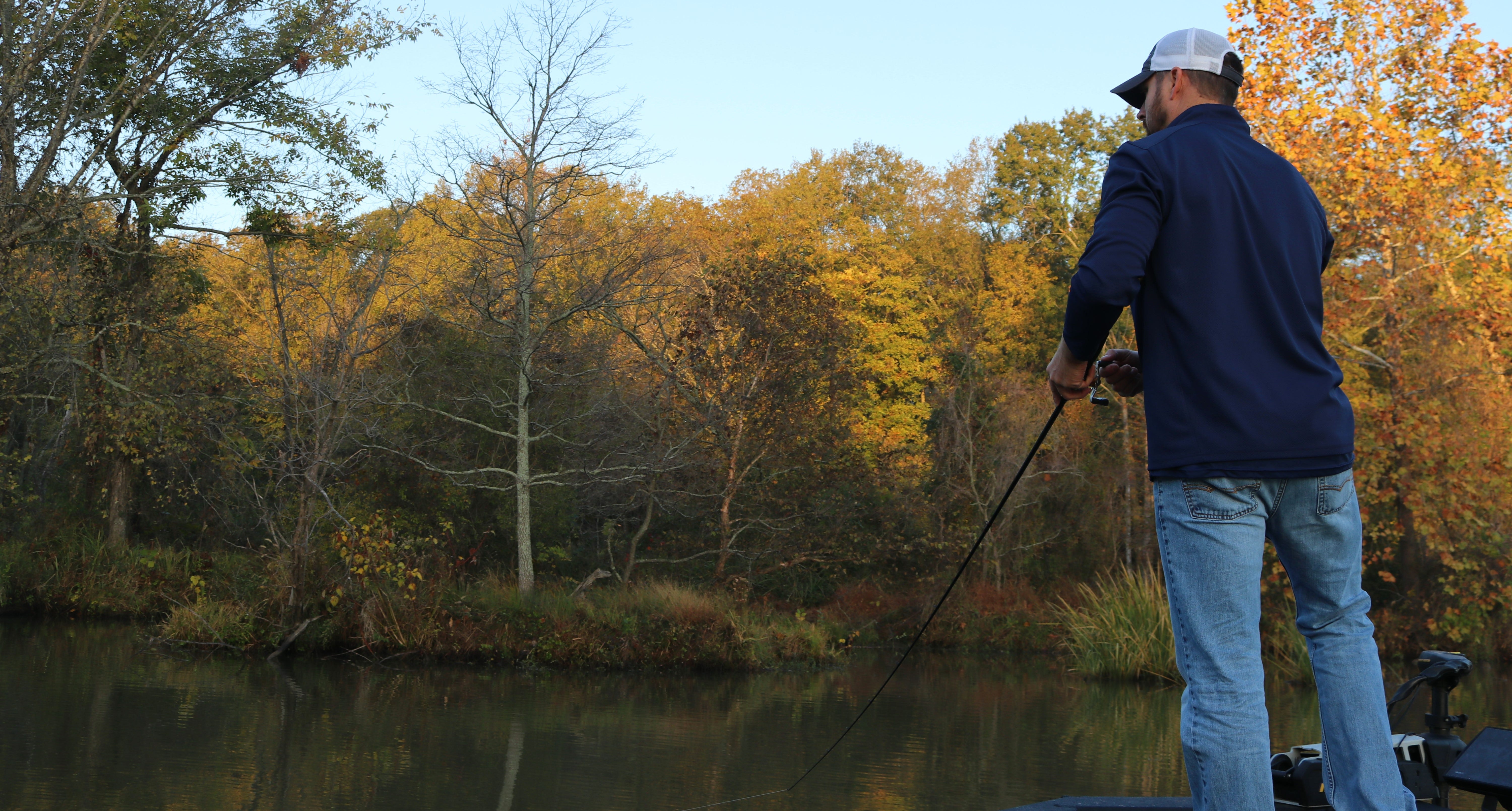

Autumn tends to be dry, leaving many rivers and lakes lower and clearer than at most other times. That often makes fish fussier and less inclined to go after large offerings. With spinnerbaits, smaller profiles and faster presentations tend to trigger more reactions.
Being the transition toward winter, autumn also delivers repeated cold fronts. Though less severe than the fronts that will follow, these systems still bring high pressure, clear skies and lower temperatures, all conditions that favor finesse versions of spinnerbaits.
The other important thing that happens this time of year is that the shad tend to move up creek and river arms of reservoirs and they congregate on flats, often in shallower water than you’ll find them most of the year. Bass, of course, follow, and shallower water means better light penetration and visibility for the fish, adding even more virtue to use of finesse spinnerbaits for fall bass fishing.
Covering Water
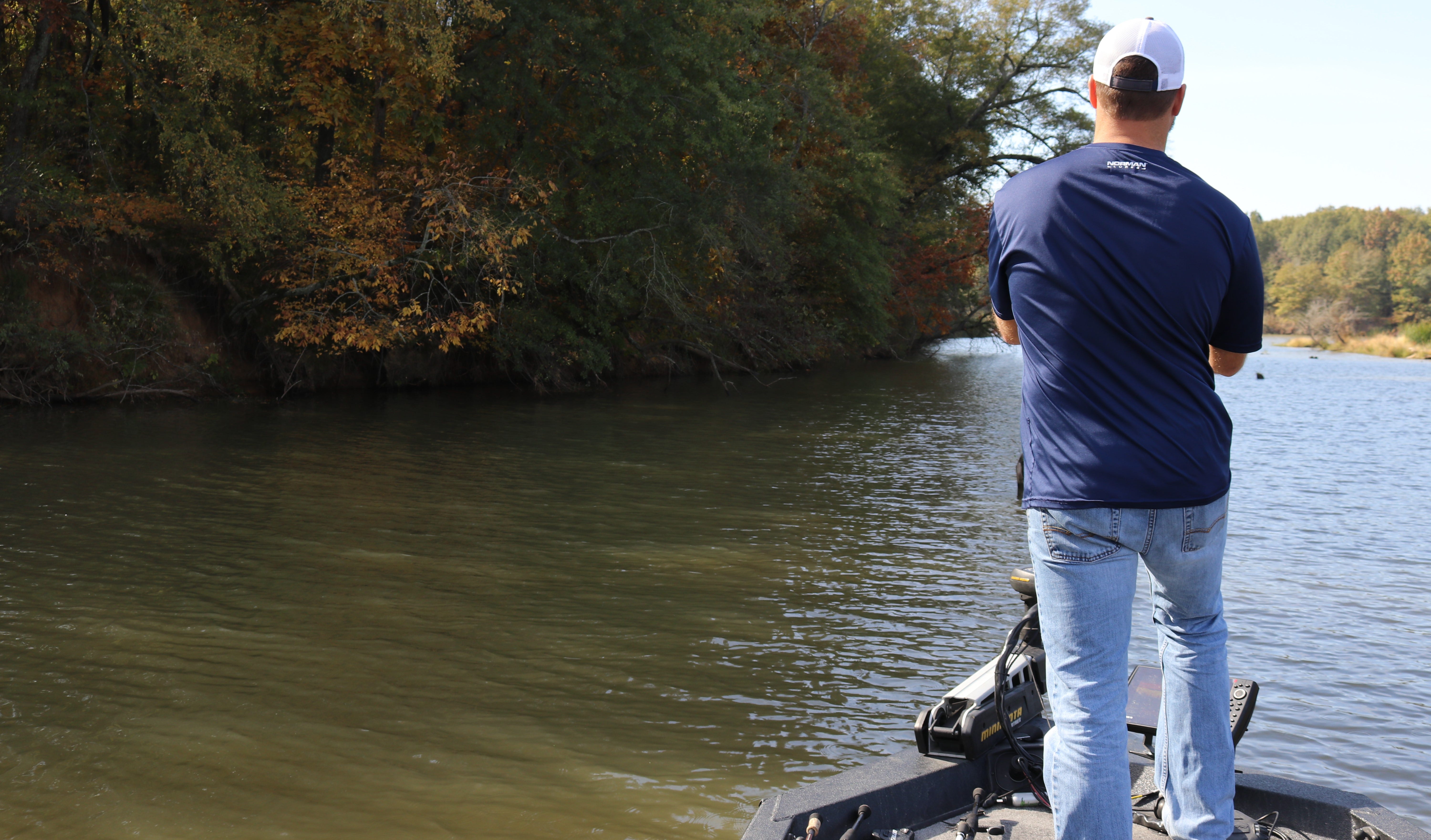

One of the best (and worst) things about fall is that temperatures become comfortable throughout the water column for baitfish and bass. That means the “playing field” becomes substantially larger. And while shad congregate, the areas they use are vast, and because these areas are largely shallow, every stump, laydown, dock, rockpile, point, weed edge or other piece of cover becomes a potentially good place to catch a bass. If it looks like it should hold a bass, it very well might. And it not… well, it still might!
What all that means from a practical standpoint is that finding fish and patterning them typically calls for significant searching. Keep your foot on the trolling motor and your spinnerbait moving and try a cast or two at everything.
Focus on areas where you see shad, which are usually visible as dark masses or by surface dimples this time of year, but will show on electronics, if not. Don’t limit casts to a shad school’s actual location or depth, though. If shad are using an area in good numbers, any cover in that general area is apt to hold bass.
When you catch a fish or miss a strike, repeat the exact cast. Sometimes a few fish will utilize the same ambush spot. Also slow down briefly to work that area more thoroughly and be intentional about noting details like depth, type of cover, bottom makes up and water color.
Watch for common denominators when you get bites. Some fall days virtually every bass will be in a very similar setting, maybe with no obvious reason. Other days they’ll be scattered, with spots seeming random and no concentrations, in which case the key to catching more fish is simply hitting more spots. Either way, covering water is critical to success.
Made For Fall Fishing
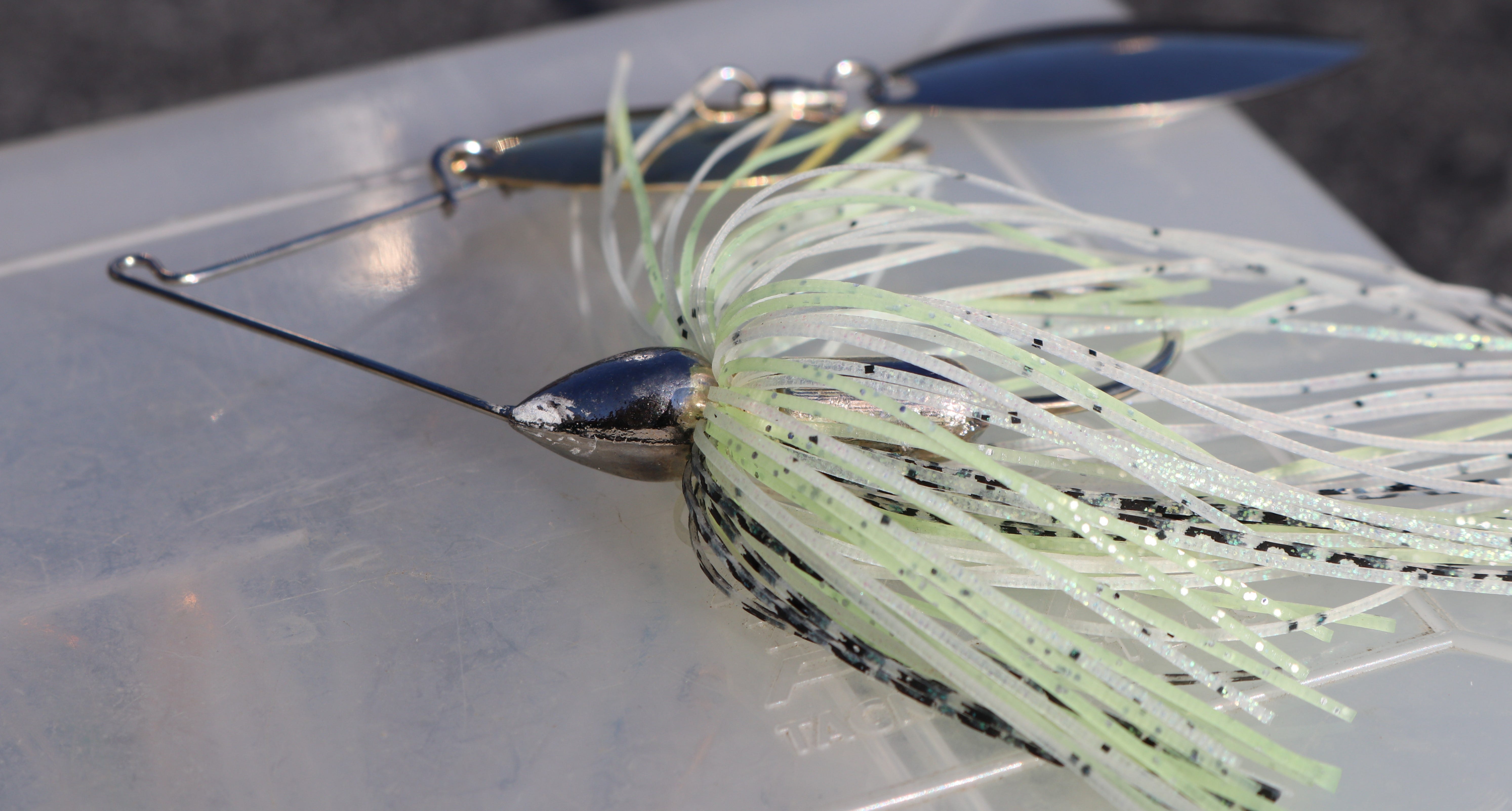

Various spinnerbaits provide value or fall bass fishing, and several factors, including water color, forage, and water temperature will help you zero in on the best spinnerbait for the situation. That said, War Eagle’s Screamin’ Eagle series is built for much of what autumn conditions deliver.
The Screamin’ Eagle is a smaller framed spinnerbait that has extra weight under its skirt. The extra weight allows for long casts for covering water, with the bait itself retaining a small profile. It also allows this spinnerbait to run true when moved rapidly, which can be critical this time of year.
The Screamin’ Eagle comes in a range of configurations, including Gold Frame, Nickel Frame and Painted Head models; Tandem Willow, traditional Tandem and Tandem Indiana blades; 1/2- and 3/4-ounce sizes; and a host of colors.
The Tandem Willow Nickel Frame in shad-imitating color patterns offers an excellent fit for many fall bass fishing situations, but stained water or other shifts bring other configurations and colors into play.
Spinnerbait Fishing Tips
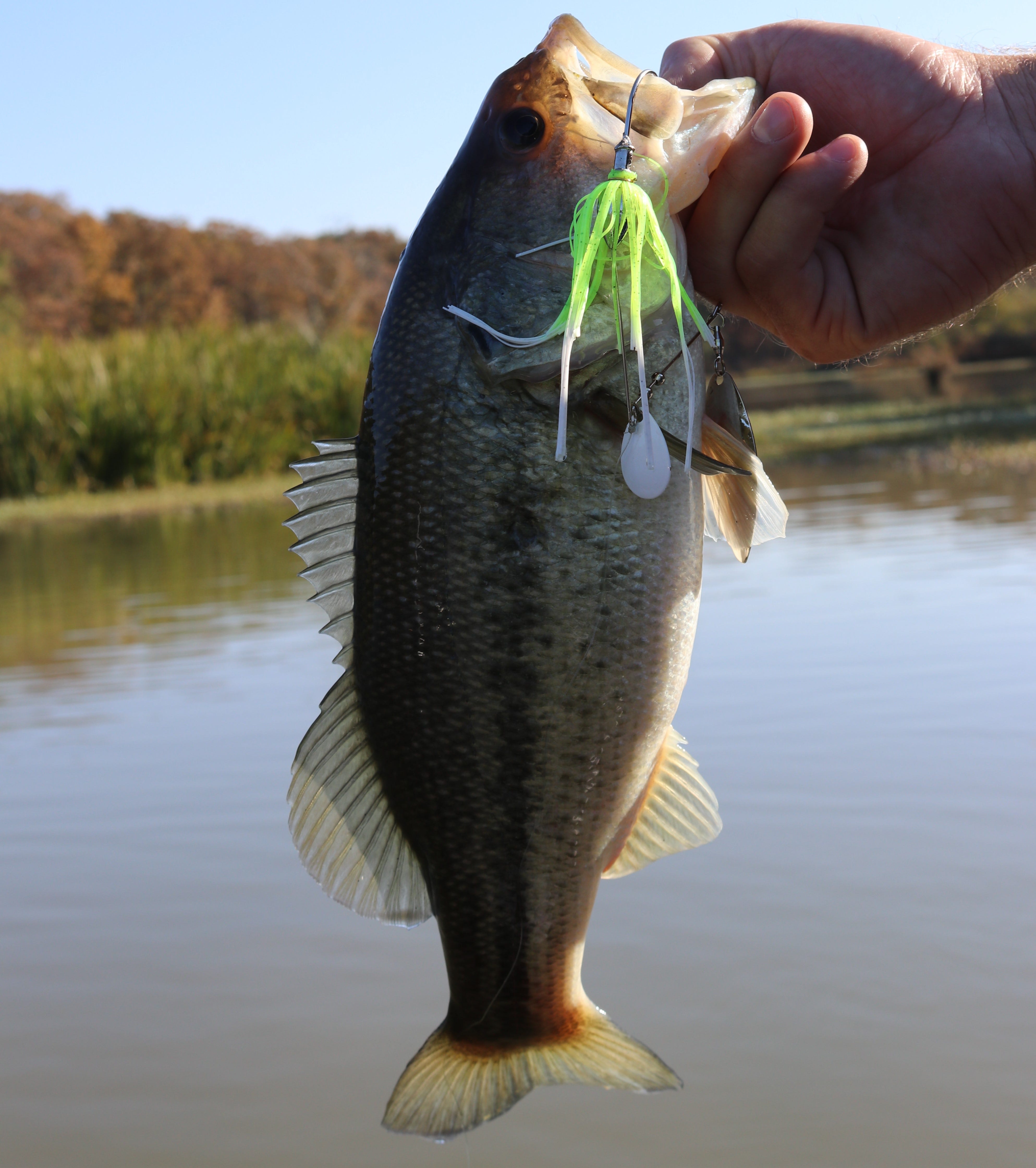

- Keep your bait barely in sight. Although waking the surface and slow rolling along the bottom both have their time and place, a good general approach to shallow spinnerbait fishing is to work it at a level where you barely see the bait.
- Add Slight Action. Quick twitches of the rod tip or hesitations while reeling make a major difference for triggering strikes. Don’t jerk harshly or change constantly. Swim it mostly steadily but break the cadence slightly a couple of times per retrieve, ideally as the bait passes a key ambush point.
- Bump Cover. When a spinnerbait hits a branch or another piece of cover and rolls or flares just a bit, that commonly triggers strikes. Bumping cover will cause some snags, but it will also produce more strikes.
5 Fabulous Fall Spinnerbait Options
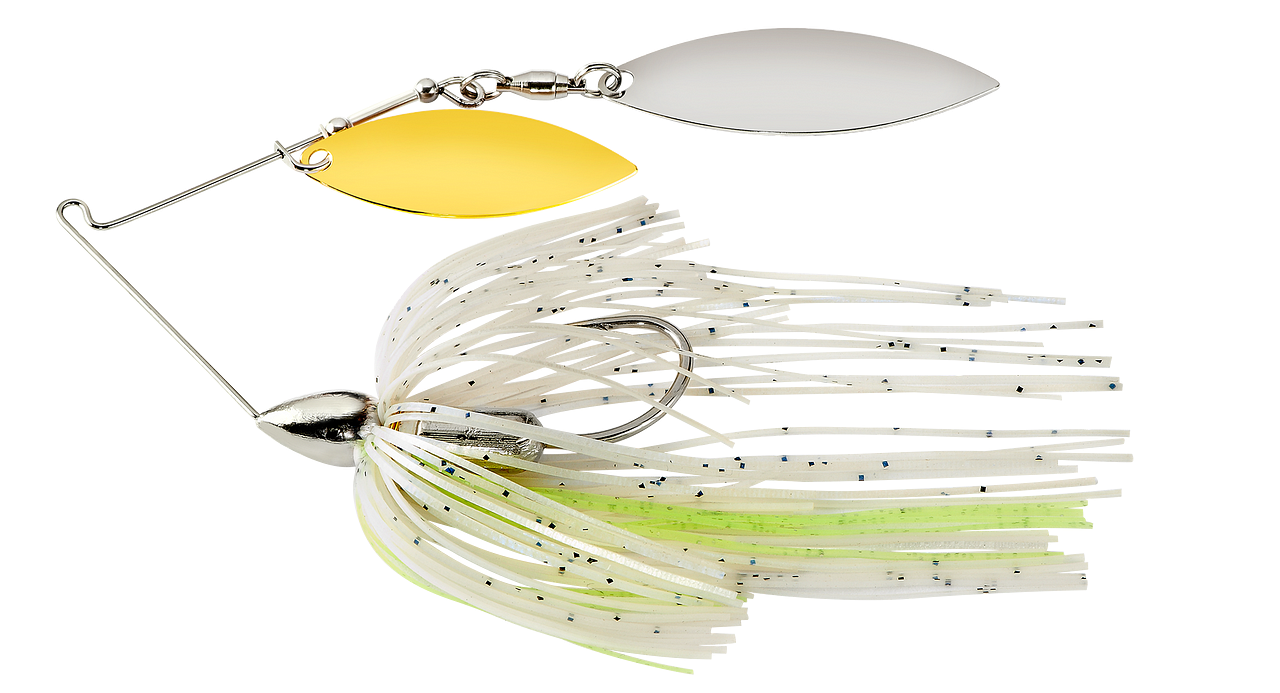

War Eagle Screamin’ Eagle, Tandem Willow, Nickel Frame, 1/2-ounce, Blue Pearl Shad
War Eagle Finesse Spinnerbait, Shimmer Green
BOOYAH Covert Series, Double Willow, 1/2-ounce, White Silver Scale/Pearl White
BOOYAH Mini Shad, Silver Chartreuse

